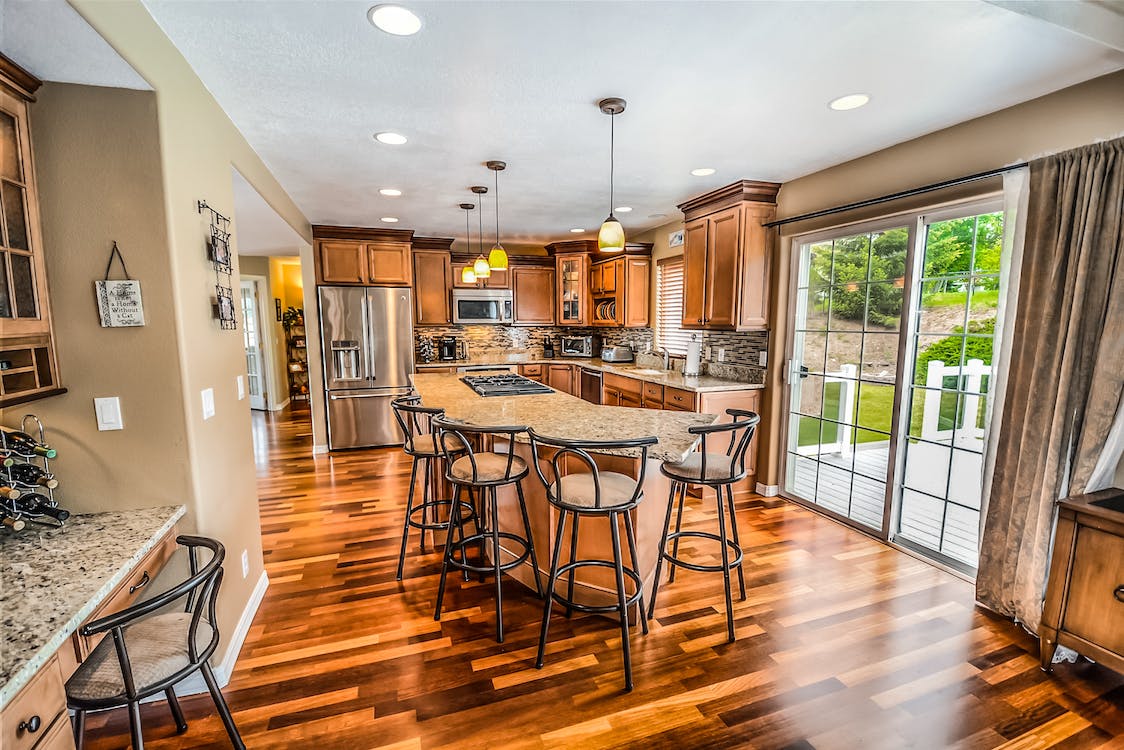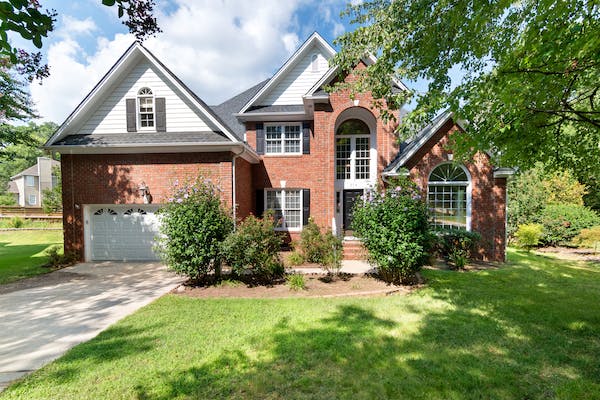Walker’s real estate market has experienced significant fluctuations in recent years, prompting homeowners to evaluate not only property values but also their home insurance rates. Understanding the relationship between the two is crucial for homeowners and prospective buyers alike. This article aims to shed light on the impact of Walker’s real estate market on home insurance rates and the factors contributing to these changes.
- Market Value and Home Insurance Rates:
The real estate market’s performance directly affects the cost of homeowners’ insurance policies. When property values in Walker rise, insurers may increase premiums to align with the higher replacement costs in the event of a claim. Conversely, when the market experiences a downturn, insurers may reduce rates to remain competitive. Homeowners should be aware that fluctuations in Walker’s real estate market can directly impact their insurance expenses. - Location and Risk Assessment:
In addition to market value, the location of the property significantly influences home insurance rates. Walker’s real estate market dynamics can indirectly affect insurance premiums through the risk assessment factor. If the market is experiencing an increase in property crime or natural disasters, insurers may raise rates for homeowners within the affected areas. Conversely, a stable and prosperous real estate market might lead to lower insurance rates due to reduced perceived risk. - New Construction and Insurance Rates:
Walker’s real estate market often witnesses new construction projects, which can impact insurance rates. The introduction of new homes can bring about additional competition among insurers, potentially leading to more competitive pricing. However, homeowners should be cautious when insuring new properties, as construction quality, building materials, and potential liability risks associated with new developments can influence insurance rates. - Local Demand for Insurance:
The state of Walker’s real estate market can also influence the demand for home insurance, which, in turn, affects rates. If the market is experiencing a surge in new homeowners, insurers may adjust their rates to accommodate the increased demand. On the other hand, during a real estate downturn, insurers may offer incentives or discounts to attract homeowners, ultimately impacting the overall insurance rates in the area.
Conclusion:
Walker’s real estate market has a substantial impact on home insurance rates. Homeowners and prospective buyers must understand the relationship between these two variables to make informed decisions. By considering market value, location, new construction, and local demand for insurance, individuals can better evaluate and anticipate potential changes in their home insurance premiums. Staying informed and regularly reviewing insurance policies will help homeowners secure appropriate coverage at competitive rates, ensuring their peace of mind.




